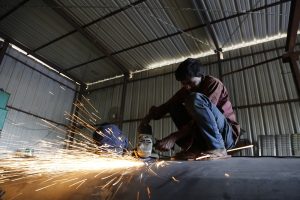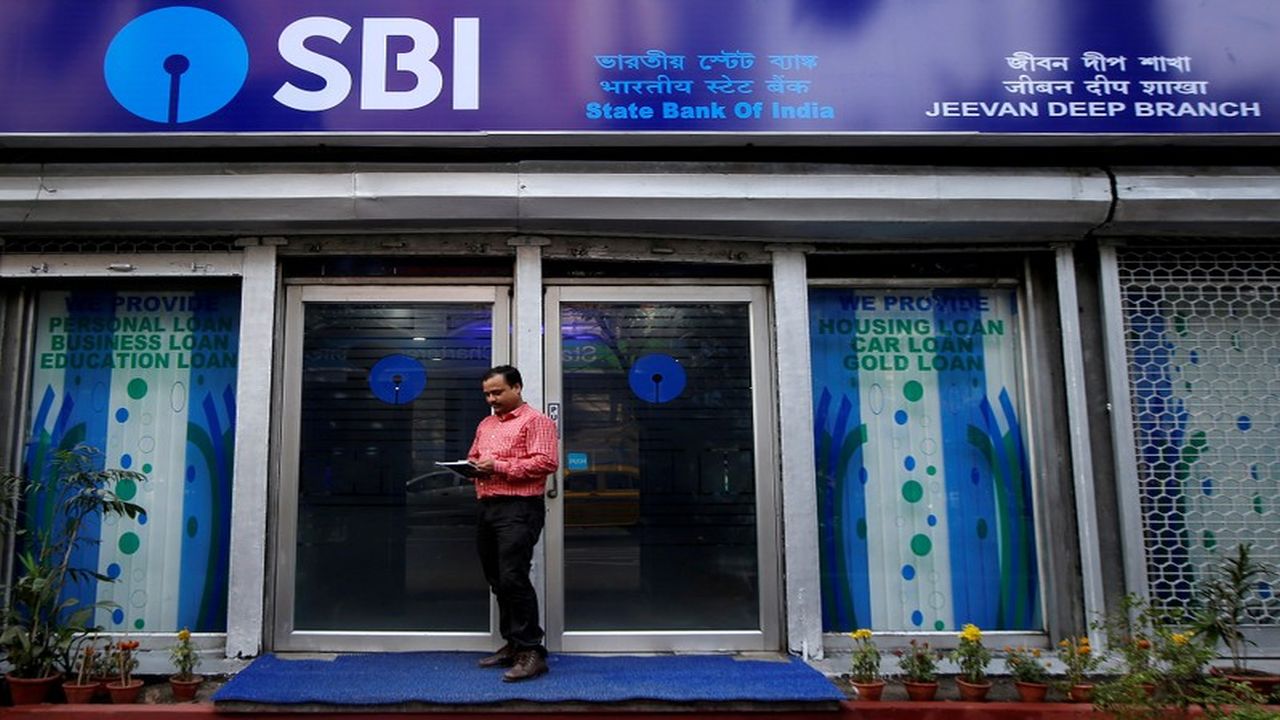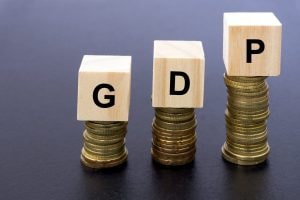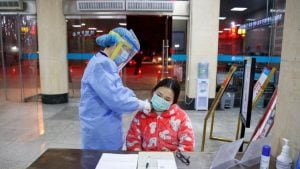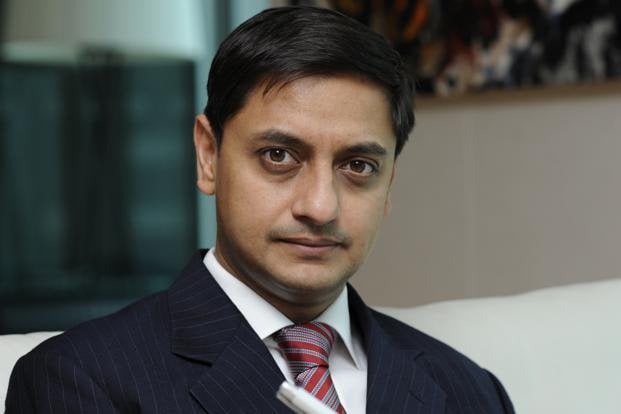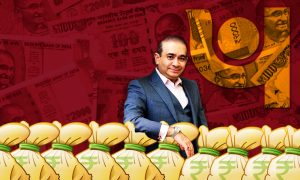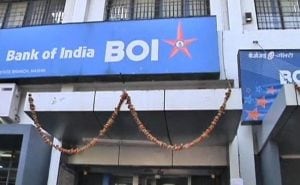Economic Survey 2020: CEA says should wait to see impact of measures taken to boost economy

KV Prasad Jun 13, 2022, 06:35 AM IST (Published)
 Listen to the Article (6 Minutes)
Listen to the Article (6 Minutes)
Summary
Finance Minister Nirmala Sitharaman on Friday tabled the Economic Survey 2020 in the Parliament, a day ahead of the Union Budget on February 1. The survey has projected India’s growth at 6 percent to 6.5 percent in the next financial year starting April 1, saying growth has bottomed out. The growth in 2020-21 compares to a projected 5 percent expansion in 2019-20. CNBC-TV18’s Shereen Bhan caught up with the author of the survey, the Chief Economic Adviser, Krishnamurthy Subramanian. Here is an edited transcript of the interview.
Finance Minister Nirmala Sitharaman on Friday tabled the Economic Survey 2020 in the Parliament, a day ahead of the Union Budget on February 1. The survey has projected India’s growth at 6 percent to 6.5 percent in the next financial year starting April 1, saying growth has bottomed out. The growth in 2020-21 compares to a projected 5 percent expansion in 2019-20.
The Indian economic growth is expected to pick up in the second half of FY20 and a strong rebound could be seen in FY21 on a low base, according to the document.
Easing of monetary policy by the Reserve Bank of India and several measures announced by the government in the last one-year present green shoots for growth in H2FY20 and FY21, noted the document.
“The government must use its strong mandate to deliver expeditiously on reforms, which will enable the economy to rebound in 2020-21,” added the document.
CNBC-TV18’s Shereen Bhan caught up with the author of the survey, the Chief Economic Adviser, Krishnamurthy Subramanian. Here is an edited transcript of the interview.
Q: You have described this survey as a little bit of the old and the new. This is reflected in the colour of the survey itself which is lavender, mixing the old Rs 100 note with the new Rs 100 note. Before I talk to you about the big ideas that the survey presents, let me talk to you about the state of the economy. FY20 GDP growth at 5 percent along expected lines, FY21 at 6-6.5 percent. Do you feel more certain that we will come to the lower end of that growth projection as opposed to the higher end because if you look at all estimates including that of the IMF, most seem to be pegging FY21 growth between 5.5-6 percent?
A: As I have always maintained the exercise of projection is always one that has some risk and that is why we have actually stuck to a confidence interval, an interval which is 6-6.5 percent. Remember that the potential growth rate of the economy is still higher than this projection. Also, I had actually mentioned in the presentation, an important part of the slowdown is because of the decline in investment, especially private investment, which itself had the origins in the financial sector – the boom and bust, right?
Now, given the clean-up that has happened, of which I also actually showed and the measures that have been taken on investment and some of the other signs that actually have been spoken about in earlier times, we are actually projecting between 6-6.5 percent. I must mention we are actually not saying 7-7.5 percent etc, 6-6.5 percent is what we are actually sticking to.
Q: The survey also talks about the fiscal challenges that the economy is expected to face in FY21. In fact, you make the case that for FY20 there needs to be some relaxation on the fisc. Given that, given the context that we are speaking within, do you believe that the time is right for the government to exercise the escape clause that is provided for under the FRBM Act and if it does decide to do so, what should that money be spent on?
A: In times like these it is always a balancing act on the fiscal side and growth and that is what policymakers have to always contend with. The economic survey argues that at a time like this it is actually better to lean on growth because some of the analysis that we have done shows that when you look at the ratio of debt to GDP, the denominator is basically the GDP.
If you look at earlier times when the debt to GDP growth rates has gone down, a good contributor to that has been the GDP growth rate. Therefore it is important at this point to actually lean on growth. We have been very clear that if we look at the revenue trends, we actually compare it to last year and this is also something that has been acknowledged earlier that those have actually not kept pace as much partly also because of the slowdown in the economy itself.
The tax buoyancy depends a lot on the nominal growth rate and given a lower deflator as well the nominal growth rate has been actually lower. As a result, revenues have been affected. So, the economic survey I think is very clear that there is basically there might be some possibility of fiscal slippage and more importantly this might be the time to actually lean on growth and thereby enable growth and also the fisc.
Q: It is a tough balancing act, but you are saying that the budget must focus much more firmly on getting growth to kick start and move closer to the range that you have projected. You also talked about the need for more countercyclical measures on the fiscal side. We have already seen a 130 basis point cut coming in from the Monetary Policy Committee (MPC), what more can we or should we realistically expect from the fiscal side to stimulate growth?
A: We have said that this is a time to lean on growth, I think the survey is very clear that there have been a lot of measures that have already been taken. In an earlier presentation a few weeks back, I had actually detailed all the steps that the government has taken in order to focus on growth. You, of course, mentioned the monetary policy push as well. I am basically saying that we need to just stay the course on emphasising economic growth and the steps that we have taken basically focus on carrying them forward.
Q: If you are saying we need to stay the course and watch how the measures that have already been taken to bear fruit, I will ask you this in the context of what the survey says when it addresses the fragility in the financial sector. When you talk about NBFCs or the real estate sector, there is no further prescription on any further government action. Are we to understand that you want to wait to assess the impact of the measures taken both for NBFCs as well as for real estate before unveiling anything fresh or new?
A: That is typically the stance that I advocate. Policymaking should be based on careful evidence where we assess what has been the impact of the steps that have already been taken because one of my firm beliefs has been that a policymaker needs to have the Hippocratic oath which is that not to intervene unless actually it is necessary because too much intervention by the government can actually have negative effects. Therefore it is really important to actually get that balance right.
I think I would advocate that we actually wait for some of the effects to show up and as I have already mentioned, in both in the last survey and this. We have actually said that many steps that are taken often manifest with lags and that’s something that we have to keep in mind.
Q: Within the financial space I want to talk about the banking sector. While we understand that the NBFCs are going through pains of not adequate liquidity which have resulted in them not lending, what about the banking sector because whether you talk to bankers or the Reserve Bank of India (RBI) liquidity is not a problem. How do you then explain the kind of credit collapse that we have seen and what do you believe is the outlook to spur it.
A: When we talked about wealth creation we used both the ideas from ancient traditions and have provided contemporary evidence. In this context, I must mention that for this we talked about the invisible hand of the market together with the hand of trust. I have been fortunate that my Ph.D. advisor has actually has been one of the key contributors to this. In fact, the financial crisis was, for instance, was a failure of trust. Along similar lines, this survey is focusing on the financial sector and providing various kinds of evidence that there was basically a failure of trust which is something that we actually need to work on and what we are seeing on the credit side is actually a manifestation of that phenomena.
Q: If you are saying that it is a failure of trust is holding back banks from lending, do you believe that the measures that have recently been announced, for instance, the advisory board that has been set up, will adequately address that problem? If you don’t see credit picking up then how do you achieve the kind of growth estimates that you have set out to? What do you believe it will take for the banking sector to actually get back to dealing with people and their customers and getting lending going?
A: I think this is something that I focused a lot on. What we have clearly shown is that there are data and analytics that actually if it had been used, the nature of transactions that are done by large defaulters versus others, there is enough evidence to show that if there is basically data and patterns recognised. This phenomenon can be addressed and that is why the survey has made the case for pushing more data and analytics.
Of course, the 59-minute initiative is a good one but what the survey is focusing on is on analytics and for a lot more on the corporate, particularly the large loans, because that is where the losses in the past have been significant. Even there, there are significant tell-tale signs, which data and analytics can pick up. So the survey is making a very clear case for using this and enabling the same by also providing employees the incentives to come at the cutting edge because – as I was mentioning in my presentation – this is an area that I understand very well having done my B-Tech dissertation in the precursors of Artificial Intelligence (AI). So this is something that needs to be used for the banking sector.
Q. I want to discuss with you, why the survey has remained absolutely silent on direct tax reforms? You remember the tax force and direct tax simplification. You talk a lot about goods and services tax (GST) in the survey but there is no talk at all or any mention at all on direct taxes, why is that?
A: There is space for 11 chapters in volume 1 and one has to make choices about which ones to keep and which ones to leave. In fact, often many ideas are worked on and those that come to a critical shape are the ones that are included. I think a lot of the recommendations on the direct taxes have already been part of the report itself and when the time is right those will get implemented.
Q: I want to talk to you about whether you see this investment theme kicking off. This was your big macro theme in the survey last time around, the virtuous cycle that you spoke of. Whether its exports or private investment, given the experience that you have had in the past six months since you presented the last survey. How confident do you feel about seeing a pickup in momentum?
A: We presented the last survey six months back and that is a partial answer to your question. In an economy, six months is too soon. In fact, if you look at even wealth creation, as I mentioned at the outset, in the presentation itself.
Wealth is both a cause and effect of private investment and therefore, we are staying on the theme of private investment and this time bringing in basically one more dimension. I think some of the ideas that we had mentioned in the previous edition, for instance, corporate tax rate cut, etc. have been taken and the focus on infrastructure and other measures too. I think we should wait and watch.
The key element that we are highlighting in this edition of the survey is the need for emphasising on trust. The survey has introduced which is trust and unlike other public goods, it grows with greater use and therefore, that’s the larger narrative that needs to be focused on as well because it has important effects for the economy including investment.
Q: The 15th Finance Commission’s interim report will also be tabled along with the budget in the parliament. You talk about how that will have an impact on the central government’s finances. What could be the potential risk and I don’t know whether they will stick with 42 percent evolution formula in the interim report and change it in the final report, but how do you work with the uncertainty that the 15th Finance Commission is likely to bring?
A: In this context, I would want to bring in an important point which is while the quantum of funds that are distributed to states is an important element; the quality of spending that happens given that devolution is as important. Here we must also be looking at following the increase up to 42 percent. How has the quality of spending shaped up in question we are trying to answer.
Q: The survey has talked about the need for less government intervention. You have dedicated a whole chapter on how government intervention sometimes ends up hurting as opposed to helping the sectors that it was hoping to address. Is overregulation one of the big challenges today? I was speaking with the vice-chairman of NITI Aayog, in response to the Economic Survey, he said the time is now to get rid of the regulatory cholesterol. Is this one of the biggest challenges facing the economy today?
A: I think you have already answered the question. What we have said is that and this nuance is very important for us to keep in mind. The chapter is not saying that any government intervention is bad. Government intervention makes sense when there is a market (economic) failure.
Many of the regulations that had been enacted were enacted at a time when there was indeed a market failure and the Essential Commodities Act (ECA) for instance is a good example. The mindset was very different and an economy which had suffered the ravages of food shortages. The market failure that the economy faced at that point in time justified that intervention.
Today the economy is very different and therefore, the “market failure” that exists in some of these areas is certainly not as bad because the key point to remember is that if the market failure is not that bad then intervention creates more cost than benefits. When market failure is bad, as it was possibly in 1955, the benefits are greater than cost but today that scenario has changed and that’s the main point that the survey is making.

Elon Musk forms several ‘X Holdings’ companies to fund potential Twitter buyout
3 Mins Read
Thursday’s filing dispelled some doubts, though Musk still has work to do. He and his advisers will spend the coming days vetting potential investors for the equity portion of his offer, according to people familiar with the matter

KV Prasad Journo follow politics, process in Parliament and US Congress. Former Congressional APSA-Fulbright Fellow

 As the Indians who will be evacuated will have to be screened for coronavirus on arrival in India, there will be no interaction between the cabin crew and passengers on the flight. No service will take place and food will be kept in seat pockets for the passengers on board.
As the Indians who will be evacuated will have to be screened for coronavirus on arrival in India, there will be no interaction between the cabin crew and passengers on the flight. No service will take place and food will be kept in seat pockets for the passengers on board.



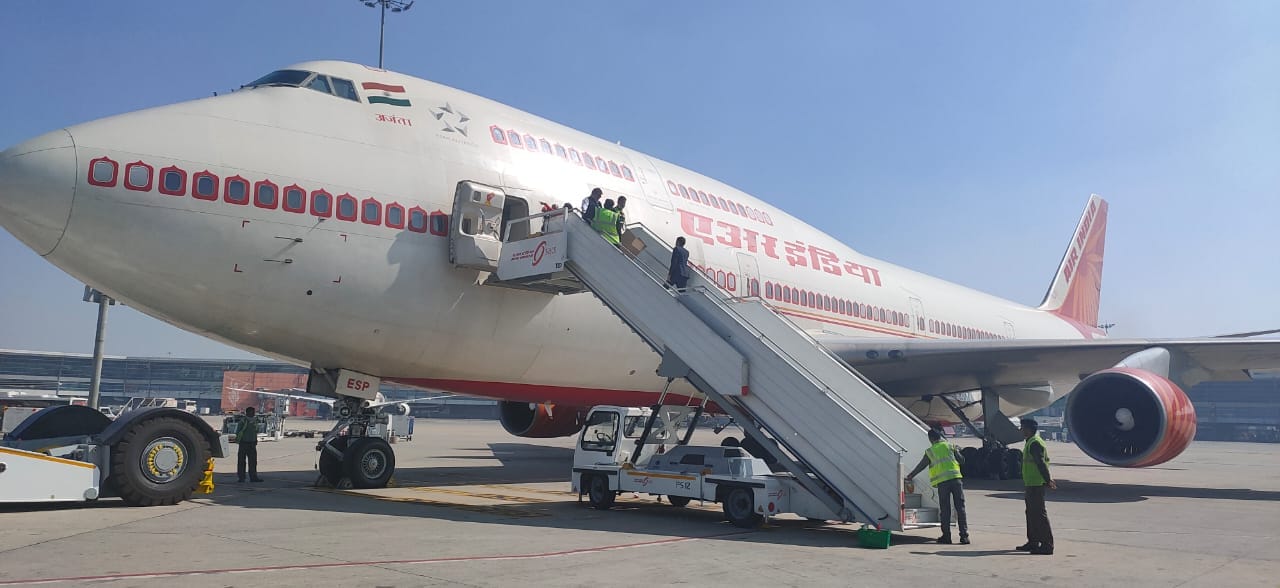






 Listen to the Article
Listen to the Article  Daily Newsletter
Daily Newsletter






